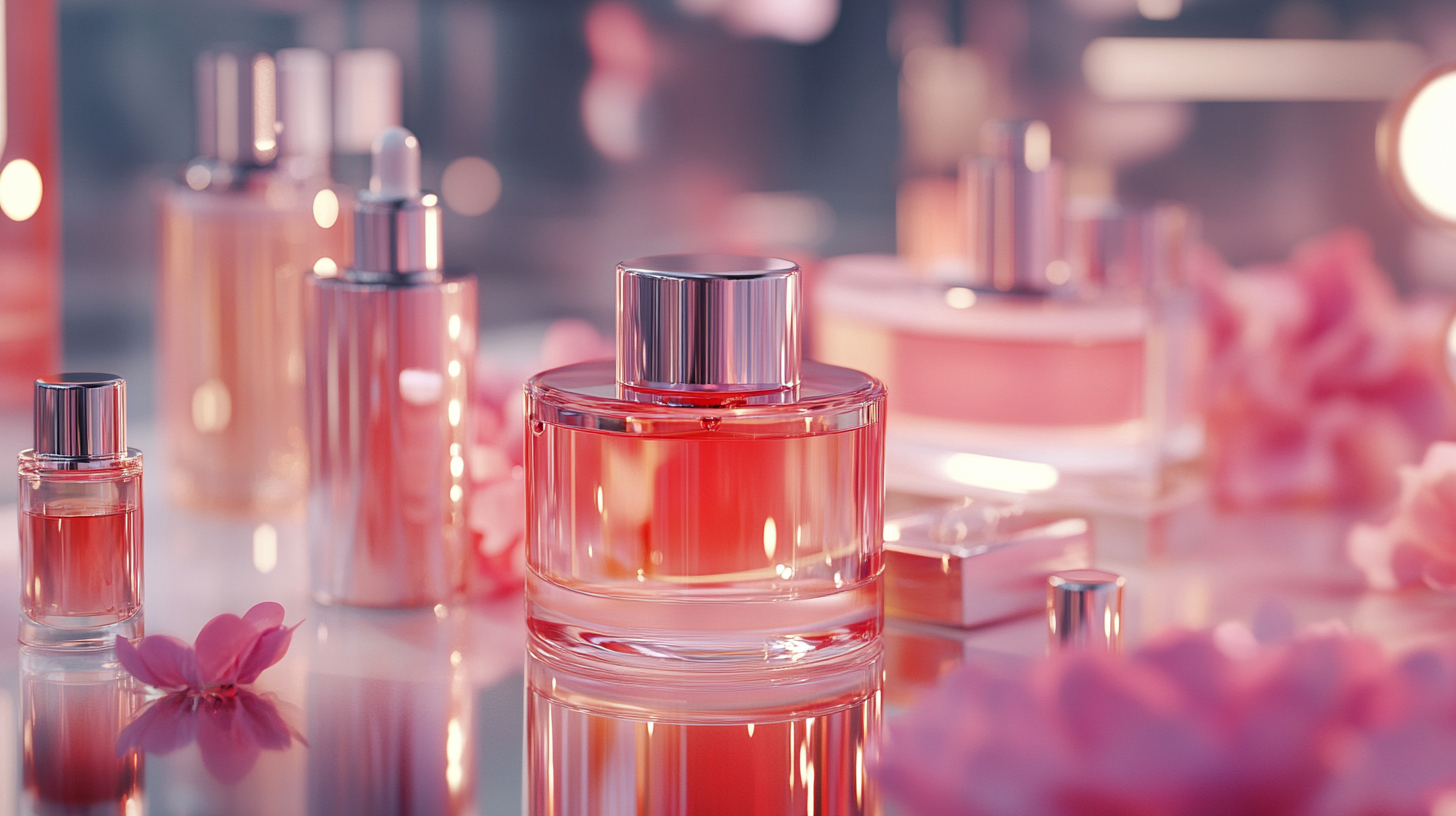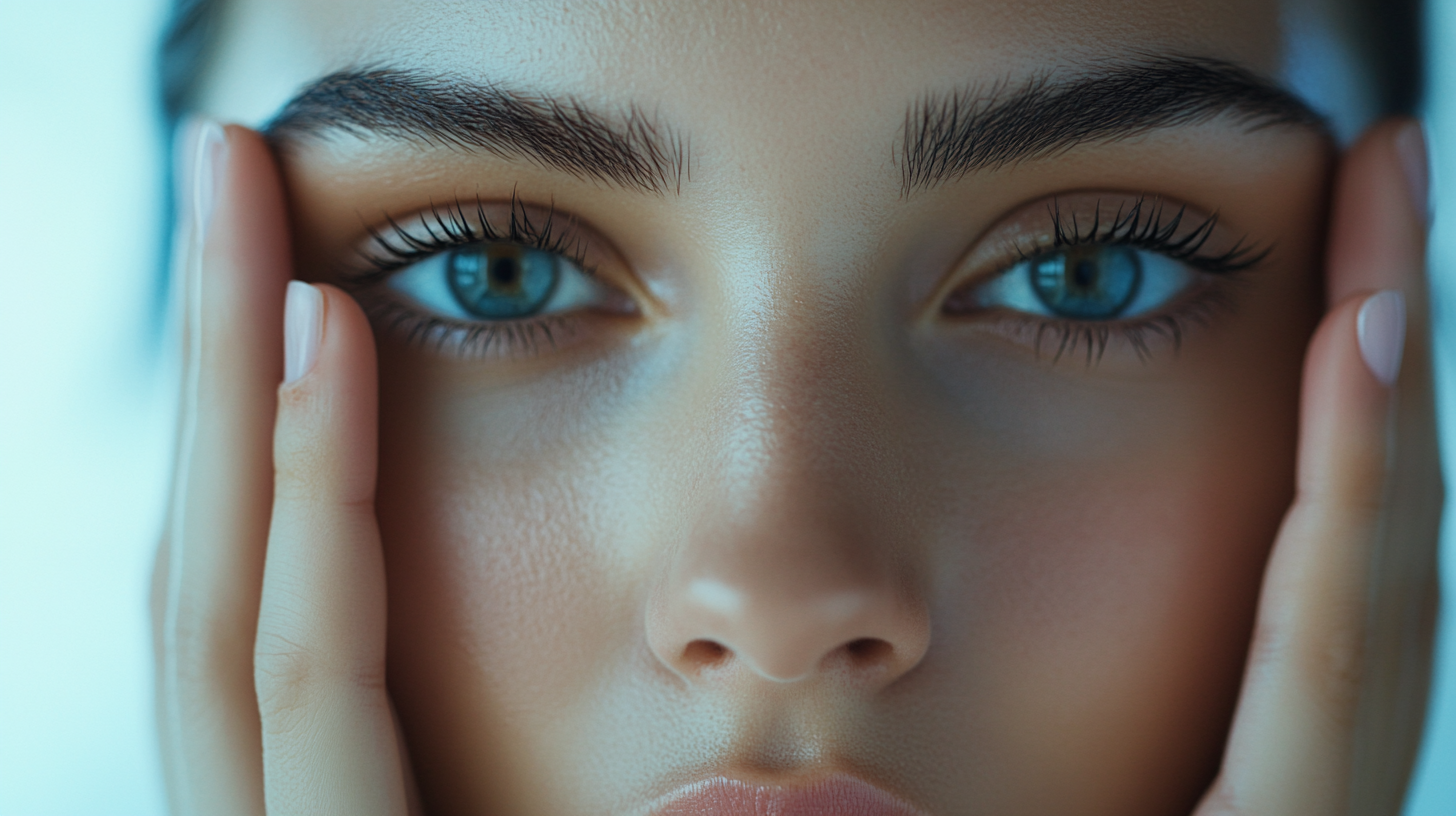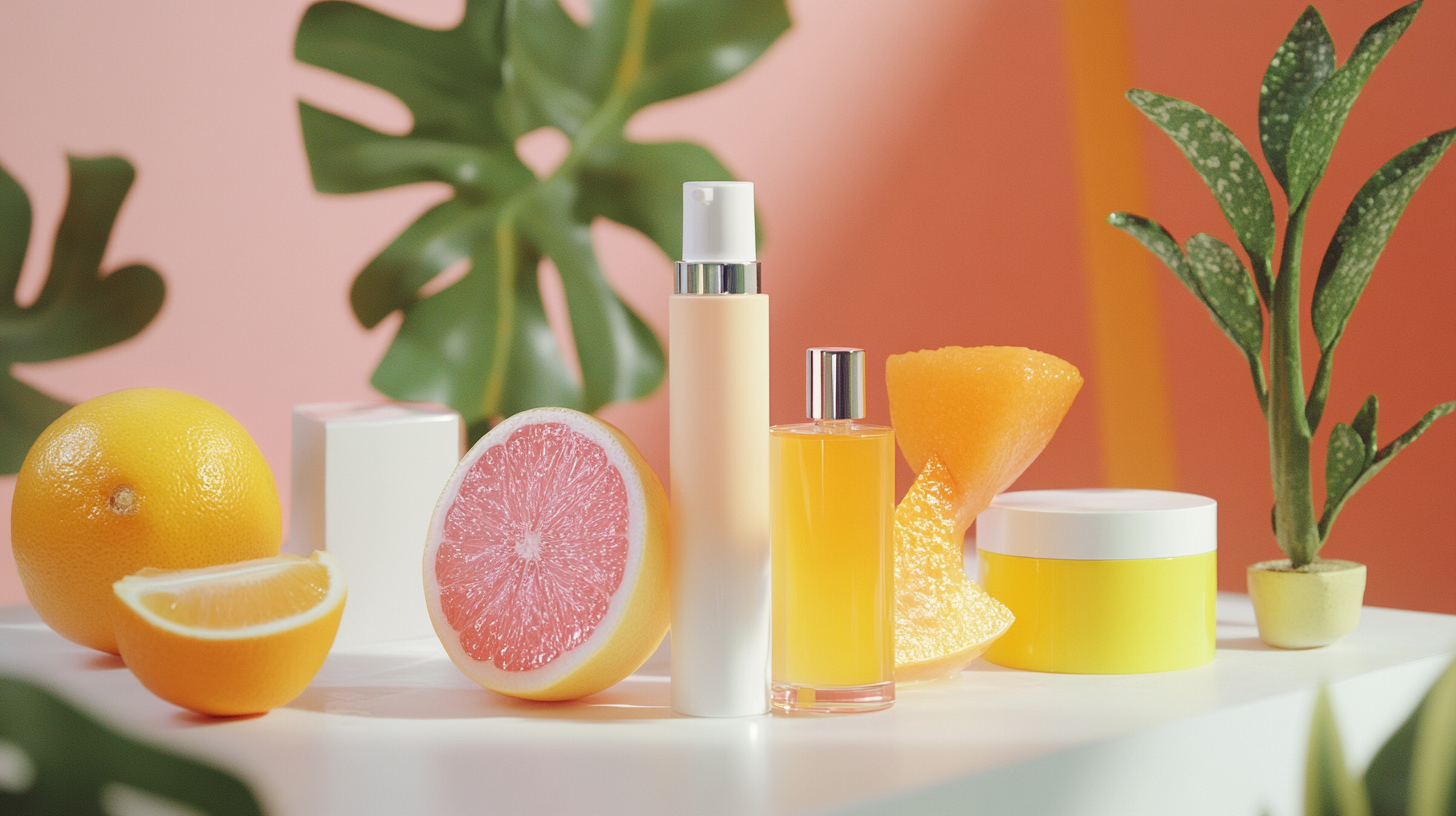Comprehensive Insights into the Impact of Beauty Care Products on Skin Health
The significance of Beauty Care Products in daily skincare routines cannot be overstated, as the global market for these items is projected to exceed $800 billion by 2025, according to a report by Allied Market Research. With a growing awareness of skincare among consumers, there is an increasing demand for products that not only enhance beauty but also promote skin health. This surge in popularity highlights the need for comprehensive insights into how these products interact with our skin and the implications for overall skin wellness.
Research indicates that around 60% of the ingredients in Beauty Care Products are absorbed into the skin, raising questions about their long-term effects. The Environmental Working Group identifies certain synthetic additives, preservatives, and fragrances in skincare formulations that may be detrimental to skin health. Furthermore, a survey conducted by Statista in 2021 revealed that 72% of consumers prioritize skin benefits when choosing beauty products. As the beauty industry continues to evolve, understanding the intricate relationship between Beauty Care Products and skin health becomes paramount for informed consumer choices, ensuring that beauty does not come at the cost of skin integrity.

The Science Behind Common Ingredients in Beauty Care Products
Beauty care products are an integral part of many people's daily routines, but understanding the science behind their ingredients can empower consumers to make informed choices. Each component in these products serves a unique purpose, from moisturization to anti-aging effects. For instance, hyaluronic acid, a common ingredient in serums and creams, is lauded for its ability to retain moisture in the skin. This powerful humectant can hold up to 1,000 times its weight in water, making it a key player in maintaining skin hydration and elasticity. Another crucial ingredient is retinol, a derivative of vitamin A known for its effectiveness in reducing the appearance of fine lines and wrinkles. It promotes cell turnover and encourages the production of collagen, which helps keep the skin youthful and vibrant. However, it's important to note that retinol can cause sensitivity in some individuals, highlighting the need for consumers to understand their skin types and select products accordingly. Moreover, many beauty products incorporate antioxidants, such as vitamins C and E, which protect the skin from free radicals and environmental stressors. These ingredients not only help to brighten the complexion but also provide a defense mechanism against premature aging. By delving into the science of these common components, individuals can better appreciate the benefits and potential risks associated with their beauty regimes, ultimately fostering healthier skin health practices.

How Beauty Care Products Affect Different Skin Types
When it comes to skin health, understanding how beauty care products interact with different skin types is essential. Oily skin, characterized by excess sebum production, may benefit from lightweight, non-comedogenic products. These products help control shine while keeping the skin hydrated without clogging pores. Ingredients like salicylic acid and tea tree oil can be particularly effective in managing breakouts and preventing acne, making them favorable choices for oily skin types.
On the other hand, dry skin requires more nourishing formulations. Products rich in hyaluronic acid, glycerin, and natural oils provide the moisture and barrier protection that dry skin desperately needs. Creams and serums that emphasize hydration can help alleviate flakiness and tightness, restoring a healthy glow. Additionally, those with dry skin should be cautious of alcohol-based products, as they can exacerbate dryness and irritation.
For sensitive skin types, selecting beauty care products demands careful attention to ingredients. Fragrance-free, hypoallergenic products with soothing components such as aloe vera and chamomile can significantly reduce irritation and redness. It’s crucial for individuals with sensitive skin to conduct patch tests and choose products with minimal ingredients to avoid adverse reactions.
Finally, combination skin presents its unique challenges, requiring a balanced approach. Products that cater to both dry and oily areas, such as gel-based moisturizers, can provide adequate hydration without overwhelming the oilier zones. Understanding the specific needs of each skin type is vital for creating a successful beauty regimen that promotes overall skin health.

The Role of pH Balance in Skin Health and Beauty Products
The pH balance of beauty care products plays a crucial role in maintaining optimal skin health. The skin's surface is naturally slightly acidic, with a typical pH range of around 4.5 to 5.5. This acidity forms a protective barrier known as the acid mantle, which safeguards the skin from harmful pathogens and environmental damage while retaining moisture. When beauty products disrupt this delicate balance, they can lead to various skin issues, such as irritation, dryness, and acne.
Choosing the right beauty care products requires an understanding of their pH levels. Many cleansing products, particularly conventional soaps, are often alkaline. While they may effectively remove dirt and oils, they can also strip the skin of its natural barrier, leading to negative side effects. Conversely, products formulated with ingredients that maintain a balanced pH can enhance skin vitality, promoting a healthier, more radiant complexion.
Furthermore, as consumers become more aware of the importance of pH balance, brands are increasingly formulating products that align with skin's natural requirements. This shift signals a growing trend towards holistic beauty care, emphasizing that the right pH levels in skincare can not only improve the overall appearance of the skin but also enhance its resilience. By prioritizing pH-balanced products, individuals can better support their skin's health and achieve lasting beauty results.

Addressing Common Misconceptions about Skin Care and Product Efficacy
When it comes to beauty care products, there are numerous misconceptions that can cloud our understanding of their effectiveness and impact on skin health. One prevalent myth is that expensive products always yield better results. In reality, the efficacy of a product often depends more on its active ingredients and how they interact with individual skin types, rather than its price tag. Consumers can find affordable options that deliver remarkable benefits, emphasizing the importance of ingredient transparency over cost.
Another common misconception is the belief that more product is better. Many people think that applying a larger quantity of creams, serums, or oils will enhance their effects. However, over-application can lead to clogged pores and irritation, detracting from the intended benefits. A little goes a long way, and understanding proper application techniques is essential for achieving optimal results. Therefore, focusing on quality and appropriate usage can significantly improve skin health without overwhelming it.
Lastly, there is often confusion around the role of natural versus synthetic ingredients. While natural products are frequently perceived as safer, not all natural ingredients are suitable for everyone, and some may even cause allergic reactions. Conversely, synthetic ingredients, when formulated correctly, can provide targeted solutions and enhanced stability. It’s crucial to evaluate products based on their formulation, benefits, and how they suit one’s specific skin needs rather than relying solely on whether they are labeled as “natural” or “synthetic.”
The Long-Term Effects of Daily Beauty Care Regimens on Skin Aging
The daily use of beauty care products plays a significant role in shaping our skin health over time. Many people are drawn to the allure of youthful, radiant skin, often relying on various products—creams, serums, and masks—to achieve that goal. However, what they might not realize is that the long-term effects of these regimens can vary greatly, influencing skin aging in both positive and negative ways.
Consistent application of products rich in antioxidants and moisturizers can dramatically improve skin texture and appearance. Ingredients such as retinol and vitamin C, when used regularly, stimulate collagen production and enhance skin elasticity. This proactive approach can lead to a more youthful complexion and may delay the onset of fine lines and wrinkles. On the other hand, overusing harsh exfoliants or products containing high concentrations of chemicals can strip the skin of its natural oils, leaving it vulnerable, inflamed, and aged.
Furthermore, individual skin types and sensitivities matter significantly in determining the long-term impact of beauty regimens. For example, those with sensitive or acne-prone skin may experience adverse reactions to certain products, leading to accelerated aging from irritation and inflammation. Therefore, understanding one’s skin type and carefully selecting products can help mitigate potential negative effects while maximizing benefits, ensuring that our quest for beauty does not inadvertently harm our skin health in the long run.

